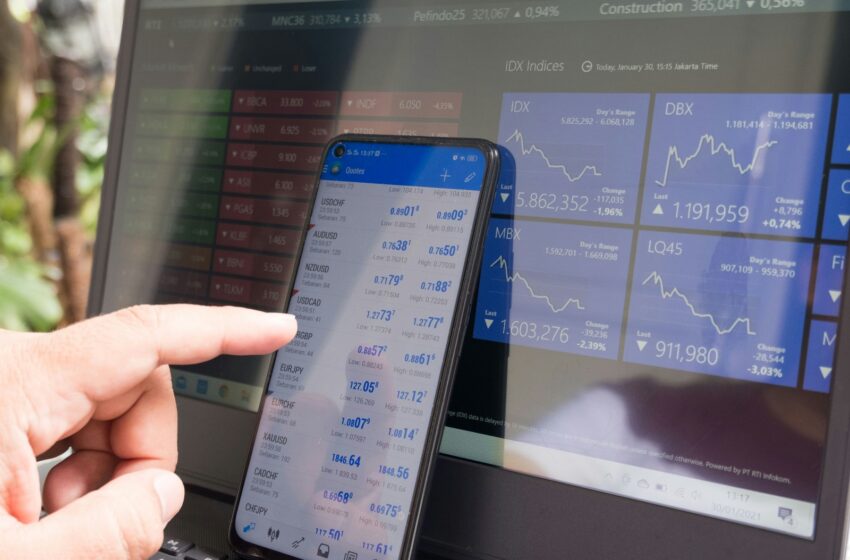Amid global market trends, Singaporean stocks exhibit stability

Singapore’s stock market remained stable on Tuesday morning, mirroring the US market’s sluggish performance. Despite global economic fluctuations, the Straits Times Index (STI) remained relatively unchanged, showcasing resilience in the face of external uncertainties.
As reported by The Business Times, the STI recorded a marginal increase of 0.02 points, reaching 3,234.91 by 9:01 am. This subtle movement underscores the market’s cautious sentiment amid mixed signals from international markets.
In the broader market, declining stocks slightly outweighed advancing stocks, with 58 companies witnessing a dip compared to 57 gaining ground. Trading volume amounted to 80.6 million securities valued at S$39.6 million, indicating moderate activity levels.
Seatrium emerged as the most actively traded stock by volume, registering a modest uptick of S$0.001 or 1.2% to S$0.088. Other notable stocks included VCPlus, which experienced a decline of S$0.001 or 33.3%, and Thomson Medical, which saw an increase of S$0.001 or 1.8%.
Early trading hours witnessed mixed performances among Singapore’s banking giants. While DBS encountered a slight decline, OCBC and UOB experienced marginal gains, reflecting divergent market sentiments within the sector.
The performance of Singapore stocks mirrored trends observed in global markets. In the US, equity markets closed with a predominantly downward trajectory on Monday, driven by robust manufacturing data and inflation concerns. The Dow Jones Industrial Average and the S&P 500 experienced declines, while the Nasdaq managed to maintain marginal gains.
Notably, European markets remained closed on Monday due to the observance of Easter, contributing to subdued trading activity on a global scale. The absence of European market participation added to the cautious sentiment prevailing in international markets.
Finally, Singapore’s stock market remained stable despite prevailing global market trends. While uncertainties linger, the resilience of the STI and major trading indicators demonstrates investor confidence in the local market’s ability to withstand external shocks. As global economic conditions change, staying vigilant and adaptable will be critical for managing the complexities of the financial world.






